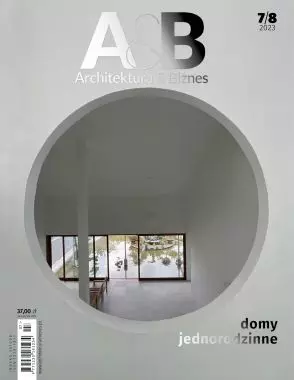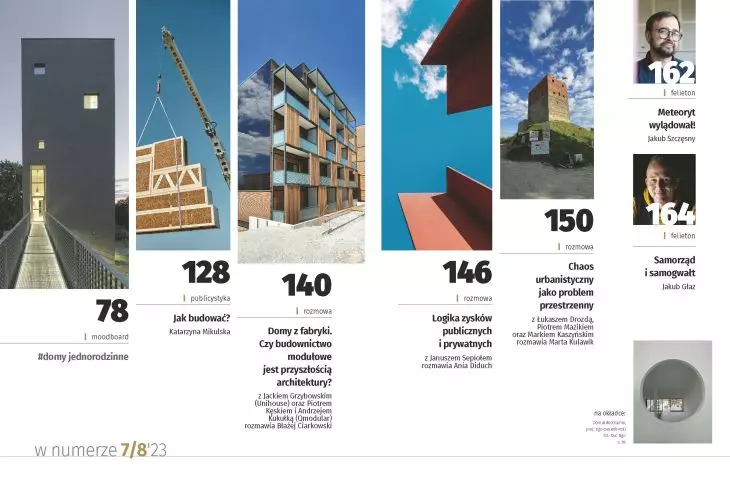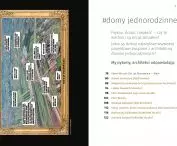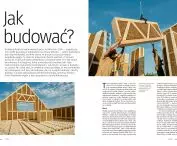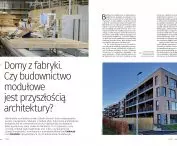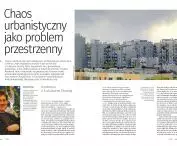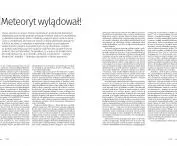Malgorzata TOMCZAK
Single-family houses
Let me start with a fundamental question that has often resounded lately: does it still make sense to deal with the architecture of single-family homes in the face of the ongoing discussion about urban sprawl, the costs of suburbanization - after all, single-family homes are not being built in urban centers - rapid climate change, and poor urban planning? Are the costs we all incur in dreaming and often realizing those dreams of our own home with a garden, synonymous with security and tranquility, too high in the context of the challenges we face? The answers to these questions are not obvious.
We observe how strongly all discourses are changing, including those related to architecture. We like the ideas of reuse, densification of city centers, sustainable design. And that's a very good thing, because we can find answers to our questions about the future. But is the question of whether we should design and implement single-family homes well posed? Certainly not.
Priorities have changed during these investments, we are considering what technologies we use and their carbon footprint, and whether we are interfering too much with nature by building a house under the forest and bringing infrastructure to it. However, we will not collectively and in solidarity give up the dream of our own home, nor will we close 100 percent of cities to cars - these kinds of extremes are not needed. What is needed is to design our tomorrow in such a way that, with the knowledge and awareness of the risks and the change in design paradigms - something we constantly write about and discuss in the pages of A&B - we create spaces in which we can and want to live without fear.





